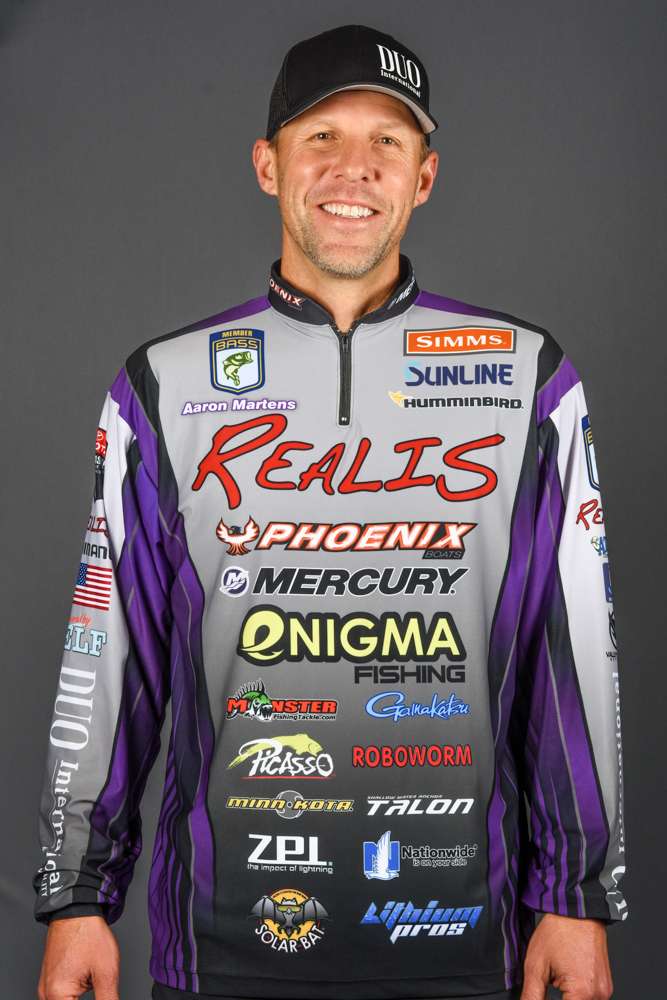It seems like every year a new and improved way of catching fish comes along. It doesn’t seem like that long ago I was learning how to “drop shot” from the Japanese. It quickly became one of the best ways to catch bass, and it still is.
Since then, dozens of new techniques have come along. The most recent is the castable umbrella rig. I use all of these techniques, but I never want to forget the basics: the Texas Rig and the drop shot.
The Texas Rig
The Texas rig is one of the most versatile and consistent ways to put fish in the boat. It’s virtually snagless and comes through cover and structure better than any other technique.
There are more baits that can be Texas rigged than I can list here. It’s extremely versatile and can still produce as well as any other technique out there.
I use weights anywhere from 1/32 ounce all the way up to a 3/8 ounce while Texas rigging. I really like the lighter weights for bass that are more finicky. The weight you use can make a huge difference in your success. There are times when a 1/4-ounce weight will catch 20 fish, but a 3/32-ounce weight would have caught 80 fish. Sometimes they just like the smaller weight and the slower fall. Experiment with your weights to figure out what’s working best on your water.
One trick I like to do is peg my weights with a bobber stopper. This allows the weight and the bait to work together as one unit, but it still allows the weight to slide up the line while fighting a fish. To accomplish this, put a small gap between the tip of the weight and the bobber stopper.
For line, I use the heaviest I can get away with up to about 16-pound test. On the light end, I use 8-pound test. For the heavier lines I use the Sunline Shooter, and for the lighter weight lines I use the FC Sniper line.
Fluorocarbon is a must for this kind of fishing. Yes, there is a low visibility factor that many people (including me) believe influences the fish. However, I believe the biggest advantage to fluorocarbon line is its reduced stretch. That increases the sensitivity. With fluorocarbon, I can detect the makeup of the bottom, structure and even subtle bites I might have missed with mono.
For hooks I use Roboworm rebarb worm bend hooks in size 3/0 and 4/0 almost exclusively. These hooks are Gamakatsu hooks with a plastic keeper Roboworm adds to the shank. They hold the baits on the hook very well, eliminating the time it takes to fix the plastic back onto the hook.
My favorite baits for Texas rigging include the 6-inch Fat Roboworm, lizards, tubes, grubs and the Roboworm Zipper Grub. The zipper grub is my all time favorite bed bait, but it works really well when fished on a Texas rig in open water. The ribs add vibration, which is equivalent to sound for fish. The added vibration can be a very effective change-up during the prespawn months.
Drop Shot
There are certain lakes right now where I wouldn’t do anything but drop shot. Drop shotting can catch fish very fast —as fast or faster than any other technique.
There are so many great features of the drop shot that I’ve had entire articles written on it and still not covered it. You could fill a book with just this one technique. The main things I like about the drop shot are that it really allows the bait to fall more naturally and it keeps the bait in the strike zone.
Just like with Texas rigging, I use the heaviest line I can get away with when drop shotting. My favorite is 7-pound FC sniper, but I’ve been known to use all the way up to 20-pound Shooter while drop shotting. I use the heavier lines when I’m fishing for big fish or I’m around a lot of structure and cover.
For my rod choice I like the Megabass Super Diablo when baitcasting and the F3-610DGS Aaron Martens rod for spinning. I use the baitcaster for lines above 12-pound test and the spinning outfit for lighter lines.
One changeup I’ve been making lately is using Sunline FX Braid in 10- to 12-pound test with the same size fluorocarbon leader. This setup allows me to fish heavier line on my spinning rod so I can fish lighter weights and super finesse baits. It’s much easier to cast these light rigs on spinning equipment. The question I get asked most is whether I use a swivel or not and what knot I use. I vary the knot between an Albright knot and a double Uni knot. I rarely use a swivel. In fact, I can’t remember the last time I used a swivel for my drop shot.
At this time of year (February), the fishing can change every hour. Be sure to mix up your baits and retrieves and constantly experiment with these techniques.
For example, in many areas of the country right now, there are fish in bedding areas cruising and starting to prepare for the spawn. I studied these fish a lot back when I lived in California. A lot of times when they see a bait land near them, they won’t pay any attention to it. If you let it sit there for a few seconds — sometimes longer —the fish will become interested.
Do yourself a favor and don’t forget the basics: Texas rigging and drop shotting. They may not be the latest flavor of the month, but they still catch a lot of fish.





